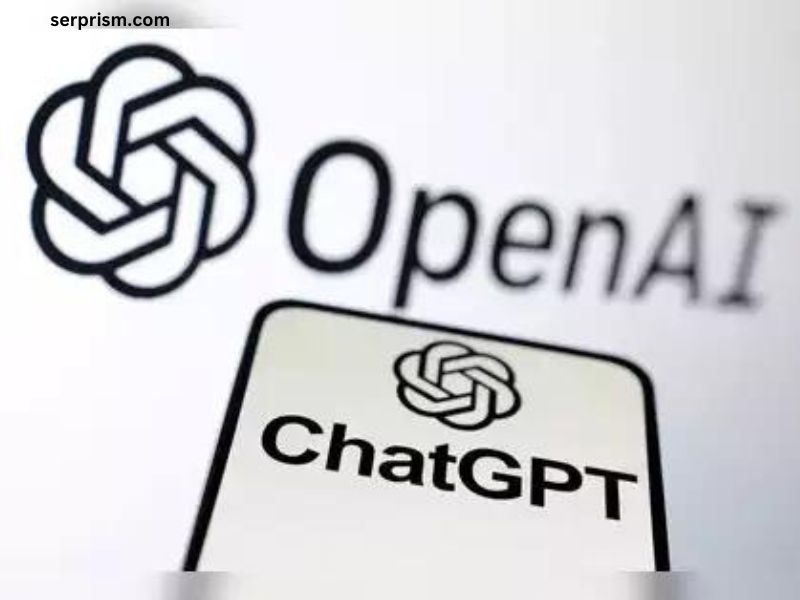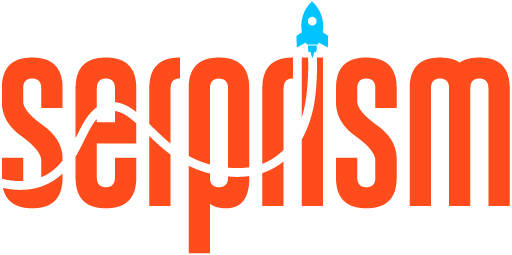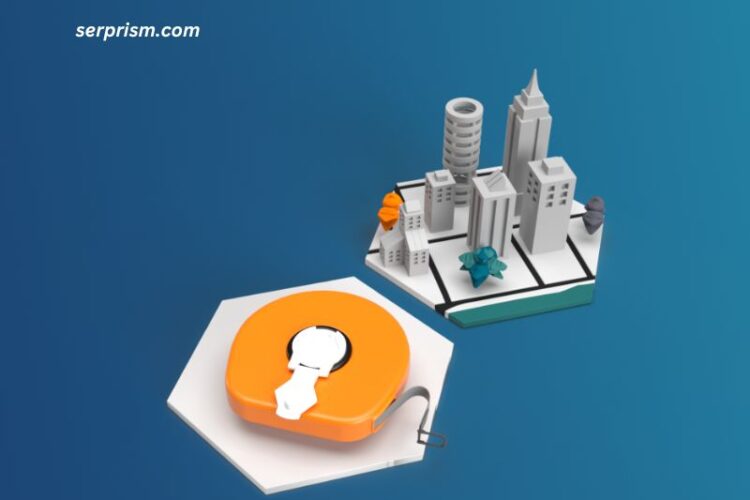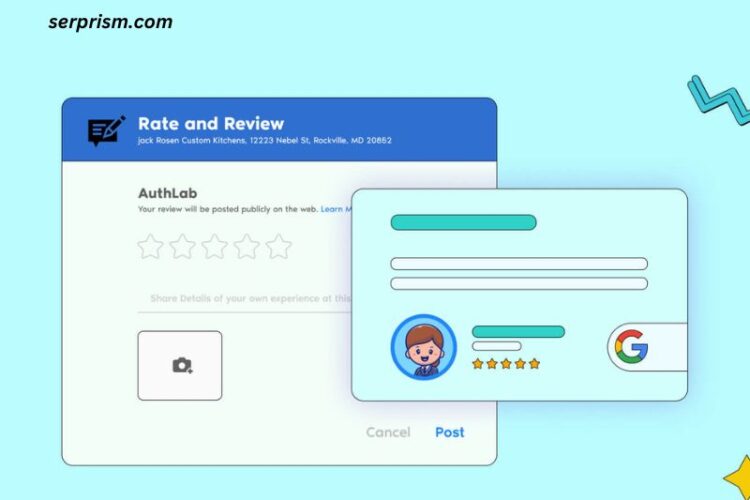
The advent of AI-driven tools has revolutionized various aspects of web development and digital marketing. Among these tools, GPTBot—a web crawler powered by OpenAI’s GPT technology—has become a notable player. As with any technology that interacts with websites, concerns about its impact on performance are valid. This article delves into whether GPTBot affects website speed, examining the mechanisms at play and potential implications for website owners and developers.
Understanding GPTBot
GPTBot is a web crawler designed to index and analyze content from websites using advanced natural language processing (NLP) algorithms. Its primary function is to gather data for training and improving language models, which in turn enhances the capabilities of AI systems like ChatGPT. By crawling websites, GPTBot collects information that helps these models better understand and generate human-like text.
How Web Crawlers Typically Impact Website Performance
Before diving into GPTBot specifics, it’s essential to understand how web crawlers can impact website performance in general:
- Increased Server Load: Web crawlers, including GPTBot, make numerous requests to a server to gather data. If not managed properly, this can lead to increased server load, affecting the performance of other users accessing the site.
- Bandwidth Usage: Crawling involves downloading various resources from a site, including HTML pages, images, and scripts. This additional bandwidth usage can strain resources, especially on websites with limited bandwidth.
- Resource Allocation: Web crawlers can affect the allocation of server resources. High traffic from crawlers might lead to slower response times for human visitors if the server is not optimized to handle such loads.
- Potential for Overloading: If a crawler behaves aggressively, making too many requests in a short period, it might overwhelm the server, leading to slowdowns or even temporary outages.
The Specifics of GPTBot’s Interaction with Websites
GPTBot, like other web crawlers, operates by sending HTTP requests to websites to retrieve content. However, its design and purpose might mitigate some common issues associated with web crawlers. Here’s a closer look at how GPTBot affects website speed:
- Request Frequency and Volume: GPTBot is designed to be respectful and efficient in its crawling operations. It adheres to robots.txt rules and uses a controlled rate of requests to avoid overloading servers. This means that while it does consume resources, it is less likely to cause significant performance issues compared to more aggressive crawlers.
- Crawl Efficiency: The efficiency of GPTBot’s crawling process can reduce the impact on website speed. By focusing on relevant content and avoiding unnecessary requests, GPTBot minimizes the strain it places on a server.
- Resource Consumption: GPTBot’s architecture is designed to handle large volumes of data efficiently. It does not indiscriminately fetch resources but rather targets specific content, which helps in managing bandwidth and server load more effectively.
- Caching and Request Optimization: GPTBot utilizes caching mechanisms and optimized request strategies to reduce redundant data fetching. This approach helps in minimizing the overall load and impact on website performance.
Monitoring and Mitigating Performance Impacts
While GPTBot is designed to minimize its impact, website owners and developers should remain vigilant. Here are some steps to monitor and mitigate any potential performance issues:
- Monitor Server Load: Utilize server monitoring tools to track server load and performance metrics. By keeping an eye on how various crawlers, including GPTBot, affect server resources, you can make informed decisions about managing their activity.
- Optimize Robots.txt: Configure your robots.txt file to manage crawler access. While GPTBot follows these rules, setting appropriate directives can help you control the scope and frequency of crawling, reducing potential impacts.
- Implement Rate Limiting: Use rate limiting techniques to control the number of requests a crawler can make within a given timeframe. This approach ensures that no single crawler overwhelms your server.
- Leverage Caching: Implement caching mechanisms to reduce the load on your server. By serving cached content to both crawlers and human visitors, you can improve performance and reduce strain on server resources.
- Review Web Logs: Regularly review web server logs to identify any patterns or issues related to crawling activity. This review can help you pinpoint and address any unexpected performance impacts.
- Optimize Web Resources: Ensure that your website’s resources (e.g., images, scripts) are optimized for performance. Efficient resource management can help mitigate the impact of additional crawling activity.
The Future of Web Crawlers and Performance
As AI technology evolves, web crawlers like GPTBot will continue to advance in their capabilities and efficiency. Future developments may include even more refined crawling techniques that further reduce their impact on website performance. Additionally, advancements in server infrastructure and optimization strategies will help manage and mitigate any potential performance issues.
The key to balancing the benefits of AI-driven web crawlers with website performance lies in proactive management and optimization. By staying informed about crawling activities and implementing best practices, website owners and developers can ensure that the benefits of AI-driven tools are realized without compromising user experience or site performance.
Conclusion
In summary, GPTBot, like other web crawlers, has the potential to affect website speed, primarily through increased server load and bandwidth usage. However, its design emphasizes efficiency and respect for website resources, minimizing its impact. By monitoring server performance, optimizing web resources, and configuring crawling directives, website owners can effectively manage and mitigate any performance issues related to GPTBot.
As AI technology continues to advance, maintaining a balanced approach to web crawling will be crucial. Embracing best practices and staying informed about evolving technologies will help ensure that the benefits of AI-driven tools are harnessed without compromising website performance.




